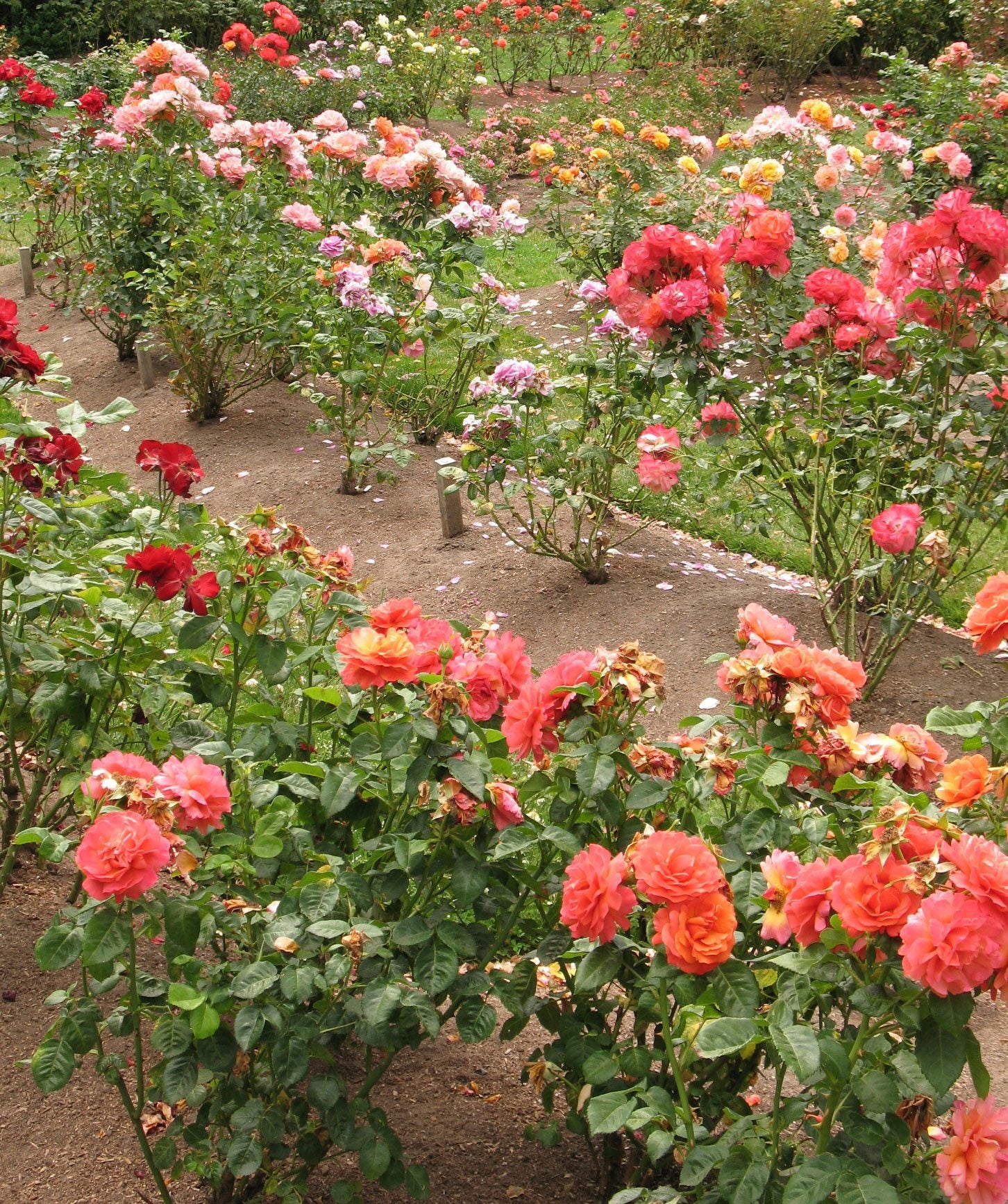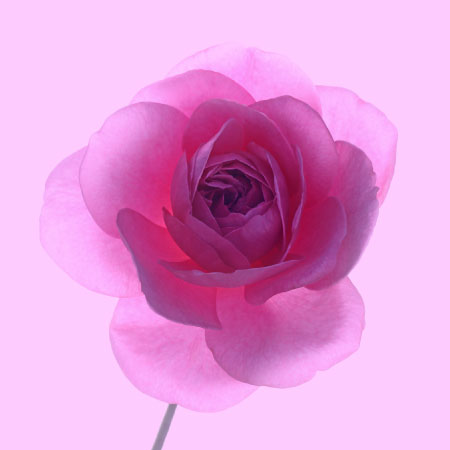Information On The Spacing Of Roses In The Garden


Overcrowding of rose bushes can lead to major problems with various diseases, fungi, and others. Keeping our rose bushes spaced well allows for good oxygen movement through and around the rose bushes, thus helping keep diseases at bay. Good oxygen movement also increases the overall health and performance of the rose bushes.
Proper Spacing of Roses Depends on Where You Live
We really cannot begin to know how far apart to plant our rose bushes without doing some research on them. We need to find as much information as possible on not just the overall growth habit of the rose bushes we are considering planting in our rose beds or gardens, but also the growth habit that is typical of them in our particular area. The growth habit of a particular rose bush in say California will typically be very different from the same rose bush's growth habit in Colorado or Michigan. I highly recommend contacting a local Rose Society or local American Rose Society Consulting Master Rosarian to obtain priceless information of this sort.
General Rose Bush Spacing
When planting Hybrid Tea rose bushes, I like to keep at least 2 feet (61 cm.) between each rose bush planting hole. With their more upright or tall habit, the 2-foot (61 cm.) spacing will usually accommodate their spread or width adequately. With Grandiflora and Floribunda rose bushes, I read all the information I can to determine their growth habits, such as their spread or width. Then plant these rose bushes 2 feet (61 cm.) apart from the point of what I calculate as their outward spread points. Where the Hybrid Tea roses are planted basically 2 feet (61 cm.) apart from the edges of their planting holes, the Grandiflora and Floribunda rose bushes are planted 2 feet (61 cm.) apart from their anticipated spread points.
- For example, a rose bush being considered has a 3-foot (1 m.) total spread (width) according to available information, from the center of the bush I calculate that spread being approximately 18 inches (45.5 cm.) in each direction from the center of the bush. Thus, if the next rose bush that I want to plant has the same growth habit, I will measure over 18 inches (45.5 cm.) plus 2 feet (61 cm.) for the center of that planting. You can bring the 2-foot (61 cm.) measurement closer by around 2 or 3 inches (5-7.5 cm.) if you choose to.
Just remember that those bushes will need some shaping and pruning that allows them to grow close to one another, yet not crowd the foliage in a way that will lead to problems with diseases and the spreading thereof. Climbing rose bushes can be very hard to figure out, so I recommend giving them lots of room-- perhaps even a bit beyond their typically noted growth habits. The same rules that I apply to the Hybrid Teas, Grandifloras, and Floribunda rose bushes apply to miniature/mini flora rose bushes as well. In most cases, the term “mini” refers to the size of the bloom and not necessarily the size of the rose bush. I have some mini roses in my rose beds that need just as much spread room as any of my Floribunda rose bushes. Shrub rose bushes will vary a lot typically. Some of my David Austin shrub roses really need their room, as they will have a spread distance of 4 to 5 feet (1-1.5 m.). These do look exceptionally beautiful when allowed to grow together and form a glorious wall of beautiful blooms and foliage. As long as they are kept thinned out enough to allow some good oxygen movement, such closeness will work well. Some of the shrub roses also have a classification of short or medium-height climbers, and these rose bushes work nicely with a decorative trellis behind them and spaced out such that they do not touch but extend their long canes close to one another. There are some shrub rose bushes that have a growth habit much like a Hybrid Tea rose yet do not get quite as tall but have a bit more spread. With the Knockout rose bushes, find out the growth habit of the ones you wish to plant and space them per the spread and spacing rules above. These rose bushes do love to spread out and will fill in their spots in the rose bed or garden very well. Planting them in odd-numbered cluster plantings is an old rule of thumb that works very nicely, such as in groups of three, five, or seven. Another thing to keep in mind when laying out your rose bed or garden is the growth habit of the rose bushes as to their height. Planting taller rose bushes at what will be the back of the area, then medium-height bushes followed by shorter rose bushes makes for a nice effect. Also, leave yourself room to move around the bushes for doing shaping, pruning, deadheading, and spraying as needed. Not to mention room for cutting some of those beautiful blooms to take inside and enjoy a beautiful bouquet. I close this article by stressing the extreme importance of getting all the information possible for the rose bushes being considered as to their growth habits for your area. This preliminary research will truly be invaluable to your rose bed or garden being all it can be.
Gardening tips, videos, info and more delivered right to your inbox!
Sign up for the Gardening Know How newsletter today and receive a free copy of our e-book "How to Grow Delicious Tomatoes".

Stan V. Griep contributed to Gardening Know How for many years, and has been a Colorado Native Rosarian for over four decades. He is an American Rose Society Certified Consulting Master Rosarian in the Rocky Mountain District, and a member of the Denver Rose Society, the Loveland Rose Society, and the American Rose Society. He is Gardening Know How's in-house expert on all things roses.
-
 Looking For Plants To Give You The Soft And Fuzzies? Try These 5 Fuzzy Leaf Plant Options
Looking For Plants To Give You The Soft And Fuzzies? Try These 5 Fuzzy Leaf Plant OptionsLovers of texture, drama, silver foliage and tactile plants will adore these special sensory garden additions. These fuzzy leaf plant options will leave you all aglow
By Susan Albert
-
 Get Ready For A Summer Of Hummers! Grow These Full Sun Hummingbird Plants and Flowers
Get Ready For A Summer Of Hummers! Grow These Full Sun Hummingbird Plants and FlowersIf you’re lucky enough to enjoy a sunny backyard, make sure you are maxing out on your pollinator opportunities and grow these full sun hummingbird plants and flowers
By Tonya Barnett